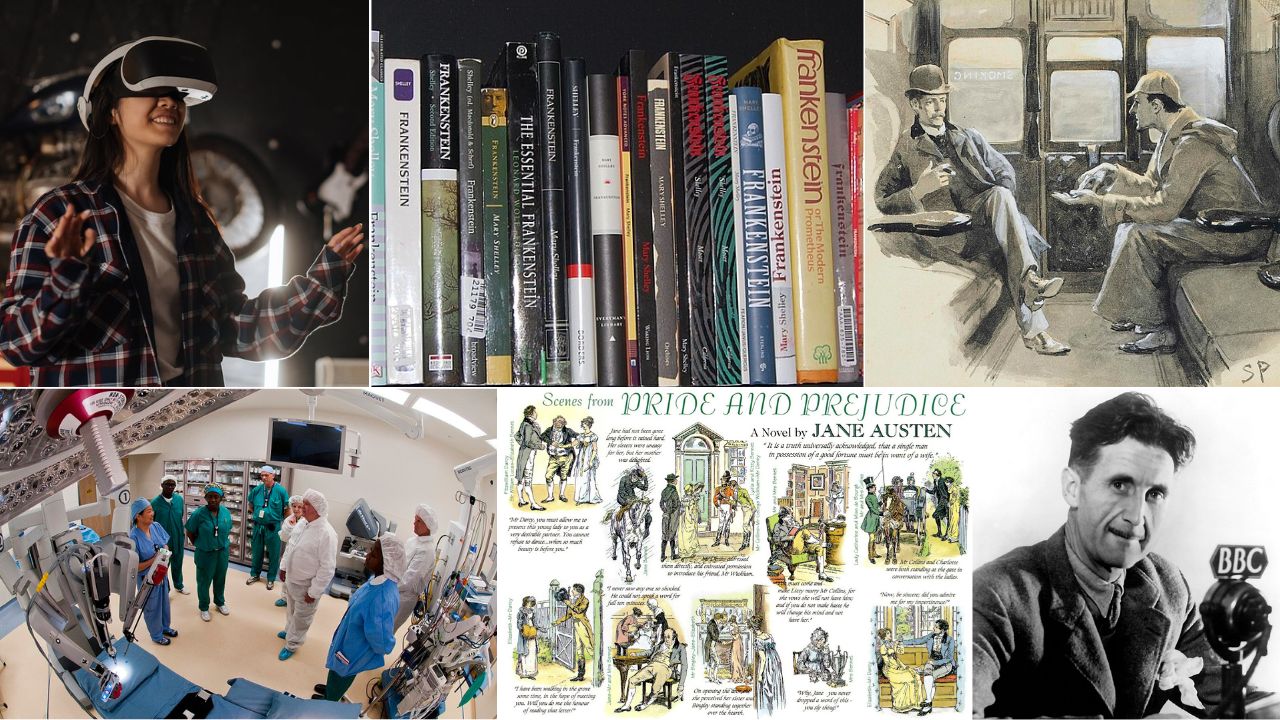Classic books feel old, yet their ideas show up in phones, apps, and labs today. This guide links well known stories to real tech you see in 2025. Dates matter, so we name them. Places help too, like London or Virginia. You will spot inventions, rules, and numbers that make the links clear. After each title, we show one true detail, then the modern match. Read with curiosity. Ask how a writer’s problem maps to software, sensors, or networks. Notice how tools scale, from a single lab in 1818 to global platforms in 2012 and beyond. Small facts unlock big patterns you can use.
1. Frankenstein and Bioengineering
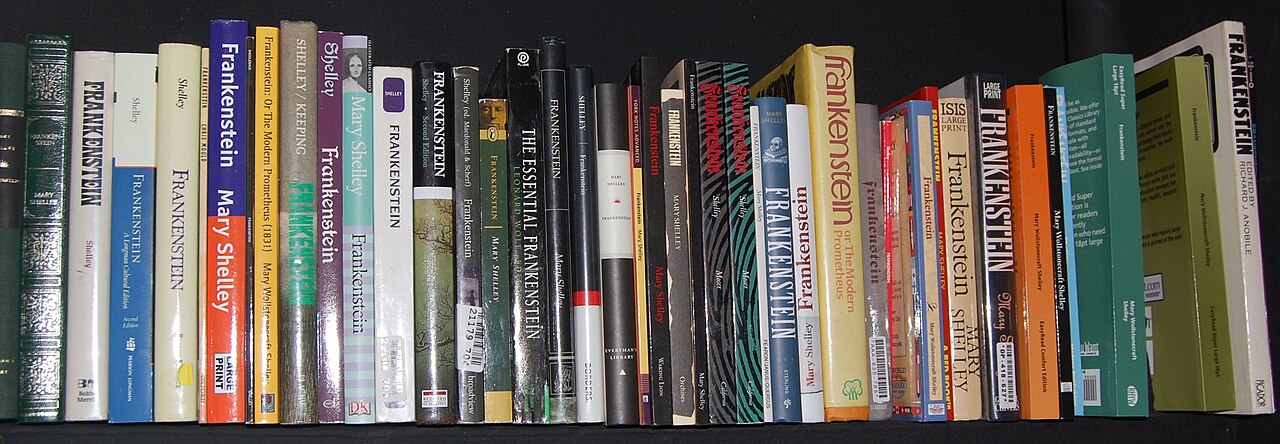
Mary Shelley published Frankenstein in 1818 in London. Her scientist assembles a body in a lab, then faces what he made. Modern labs edit DNA with CRISPR, first shown in 2012, and test ideas in cell lines. Both raise questions, like consent and clear rules. Today review boards post protocols and require risk plans. Teams log steps, temperatures, and times in minutes. Reading the novel helps teens ask good questions before they build a robot or code a new tool. It also shows why names and notes matter, since a single mislabeled vial or file can break months of careful work.
2. 1984 and Surveillance Tech
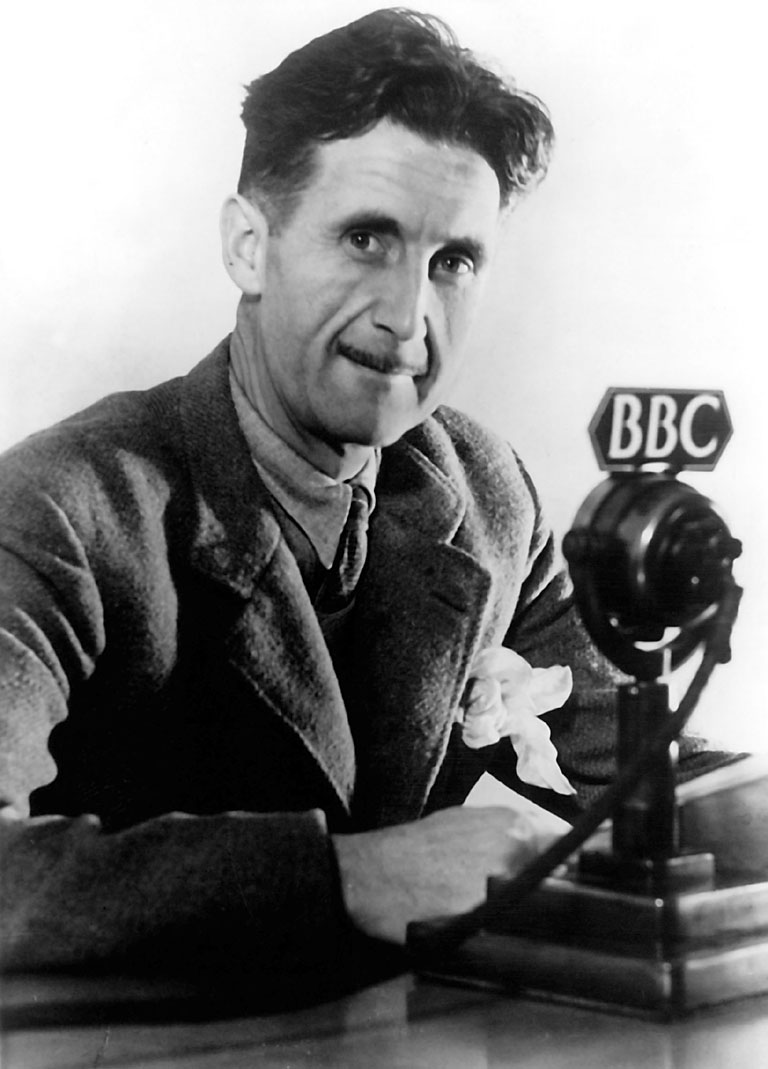
George Orwell released 1984 in 1949. It warned about constant watching and control of facts. Phones today carry GPS chips and cameras, and many unlock with face scans. Apple added Face ID in 2017, which builds a depth map in seconds. Cities add cameras to streets and trains, as New York did on subways before 2005. The lesson is simple. Know what data you share. Check app permissions, location settings, and screen time rules that you set for yourself. Schools also post device policies each August. Reading the novel helps teens compare written rules to real habits, then choose safer defaults.
3. Sherlock Holmes and Forensics
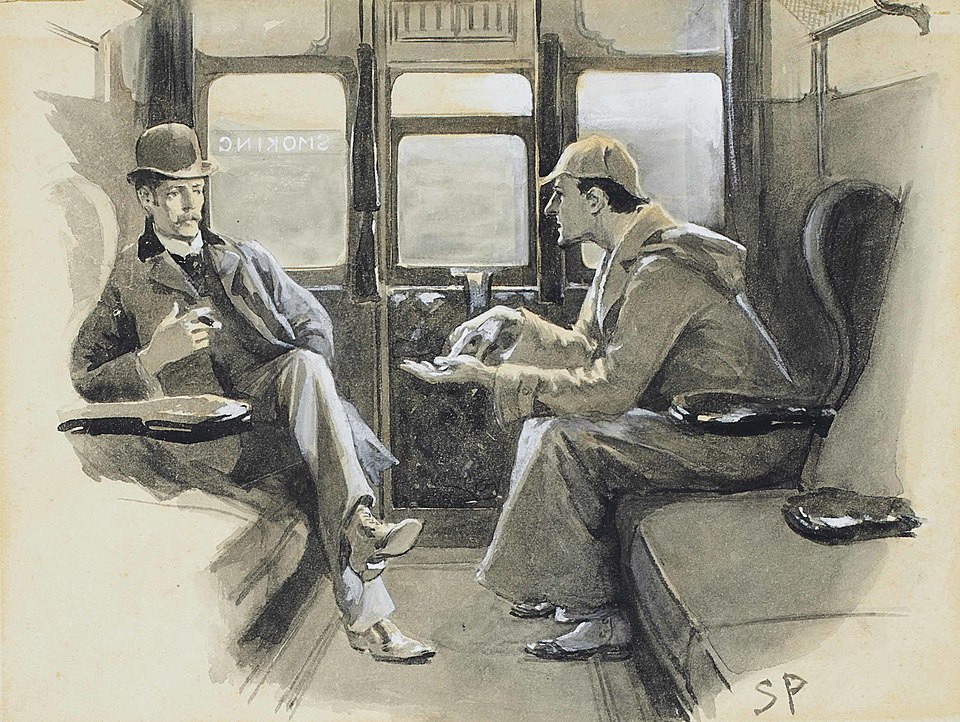
Sherlock Holmes first appeared in 1887 in Beeton’s Christmas Annual. He loved tiny clues, like ash, prints, and footprints in inches. Scotland Yard adopted fingerprint files in 1901, which changed case work. Modern labs add DNA profiles, first used in a case in Britain in 1986, and database searches. Phone logs and maps add times and places. Holmes would like clean notes and repeatable steps. Teens can copy that. Write times, save photos, and label samples so another person can confirm what you found.
4. Moby-Dick and Ocean Drones
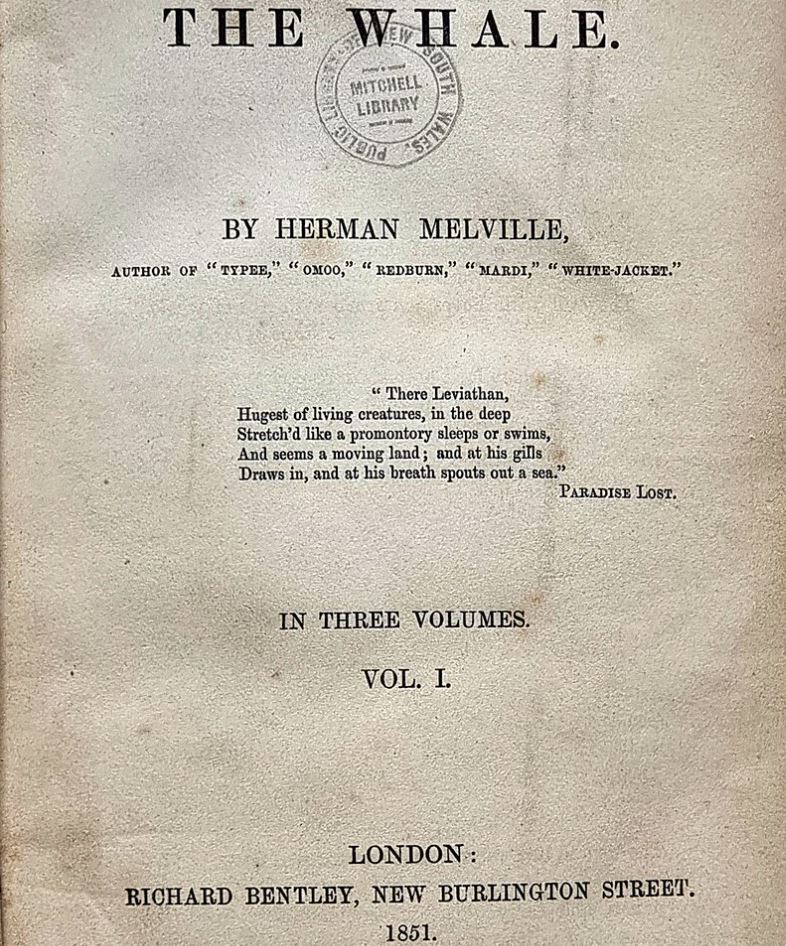
Herman Melville published Moby-Dick in 1851. His crew chased a whale across thousands of miles with only sails, charts, and a sextant. Today scientists tag whales with devices that record depth in meters and send pings by satellite. NOAA teams test tags on the Atlantic each summer and log times in UTC. Drones and small boats help, while laws like the 1972 Marine Mammal Protection Act set safe distances. Classic hunt, modern data. Both depend on maps, weather, and careful notes to guide each next move.
5. Pride and Prejudice and Dating Algorithms
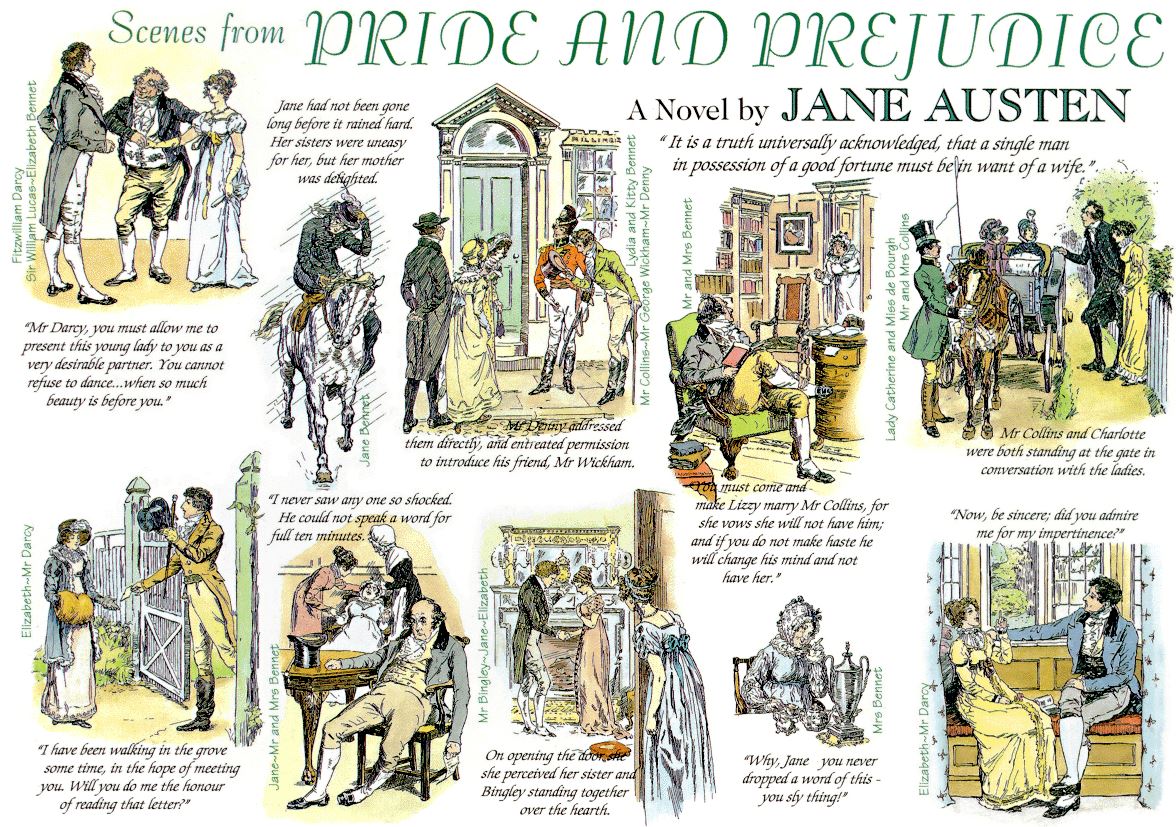
Jane Austen’s Pride and Prejudice came out in 1813. Its plot turns on letters, visits, and social rules. Today, dating apps sort profiles by distance in miles and by swipe patterns over days. Tinder launched in 2012 in Los Angeles and made location a key filter. Math now pairs interests and timing. The books show how signals, even small ones, shape choices. Teens can notice patterns and set clear boundaries. Know platform rules, use privacy settings, and take breaks when scrolling feels more like noise than help.
6. The Odyssey and GPS
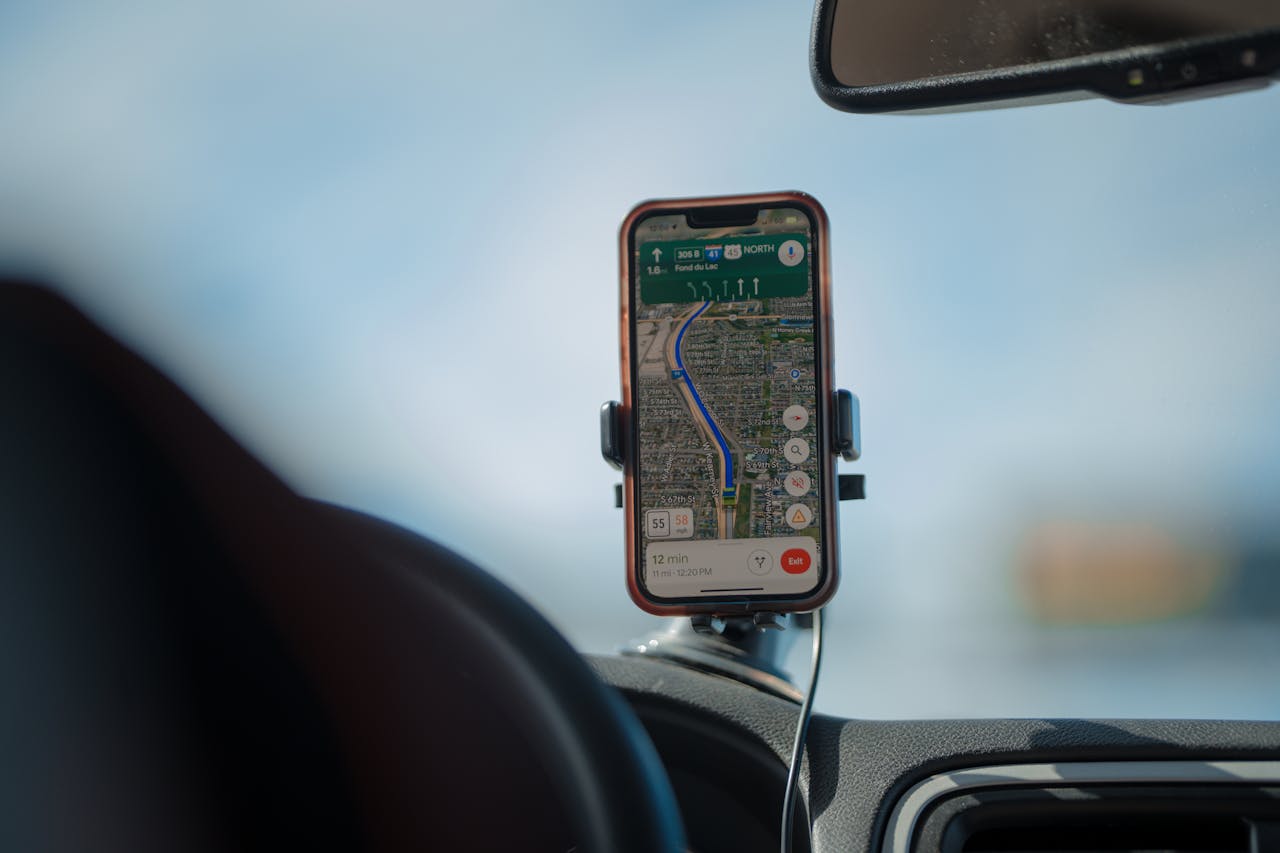
Homer’s Odyssey followed sailors across islands and seas long before printed charts. They used stars and coastlines for clues. Global Positioning System, or GPS, reached full operation in 1995 with 24 satellites. Phones now read signals and give positions in meters. Apps add traffic and ferry times in minutes. Sailors still check weather and tides, as ports from Miami to Seattle post daily numbers. Old journey, new tools. The map on a screen solves a problem that once took nights of reading the sky and wind.
7. Alice in Wonderland and Virtual Reality
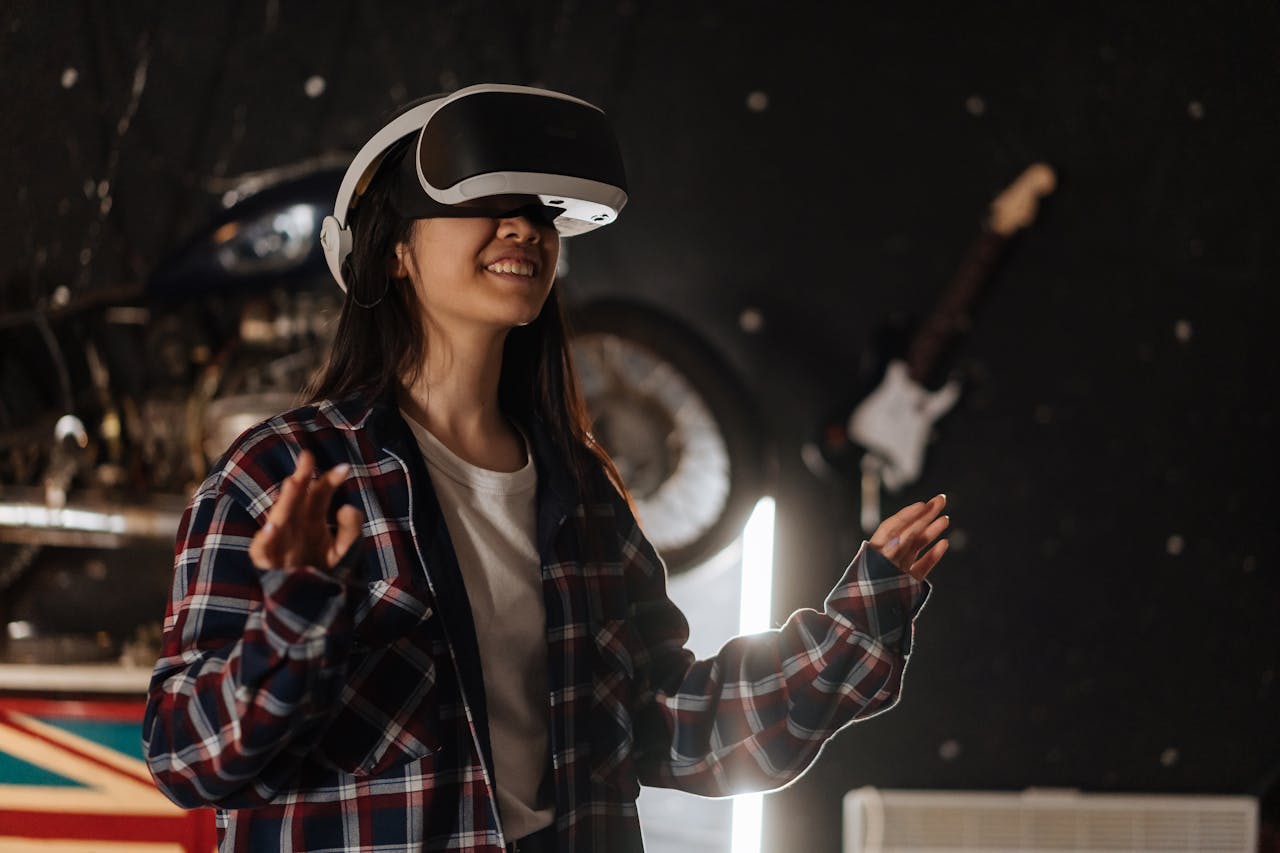
Lewis Carroll published Alice’s Adventures in Wonderland in 1865. Alice grows, shrinks, and walks through logic puzzles. Virtual reality lets people enter built worlds with headsets that track head motion in degrees. Oculus Rift shipped to consumers in 2016, followed by other sets. Augmented reality puts labels on real rooms in inches and feet. Teachers now run VR labs for classes and post safety time limits in minutes. The key idea stays the same. A designed world can teach rules by showing them, not only by telling them.
8. Twenty Thousand Leagues and Submarines
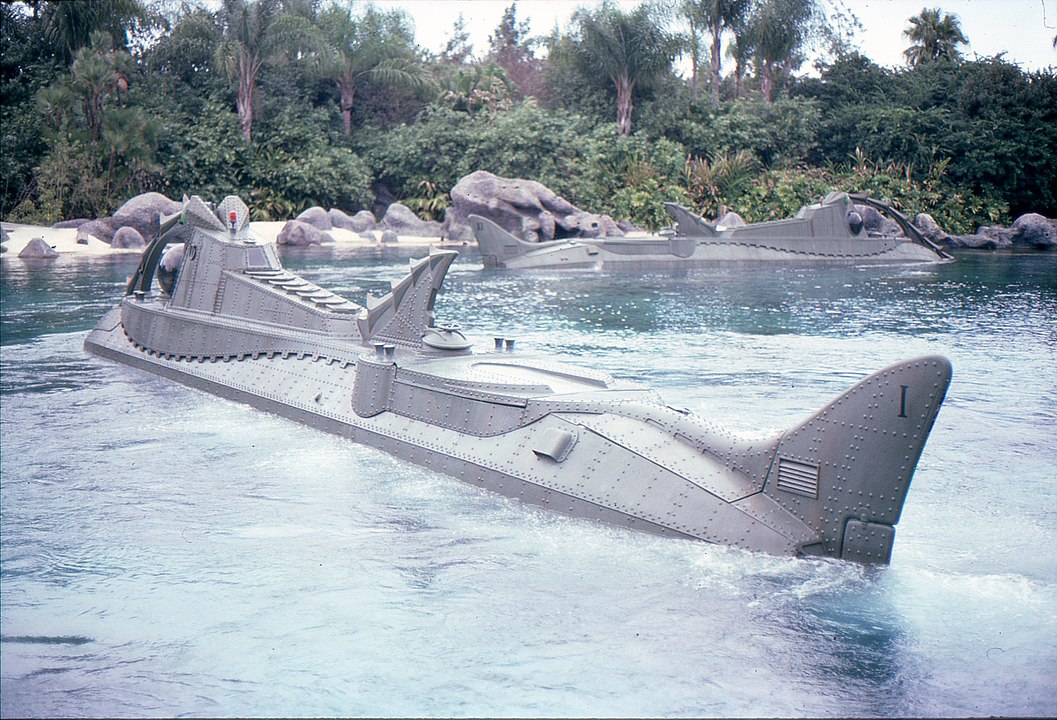
Jules Verne’s Twenty Thousand Leagues Under the Seas was published in 1870. The title counts distance, not depth, about 69,000 miles of travel. In 1954 the U.S. launched USS Nautilus, the first nuclear submarine. It passed under the North Pole in 1958. Today, research ships drop ROVs with cameras to thousands of feet and send video by fiber. Pilots log depth and time each dive. Old dream, new machines. Seafloor maps now guide cables and help crews plan safe repair routes after major storms. Engineers mark hazards in meters and note currents in knots for future trips.
9. Dracula and Public Health Tech
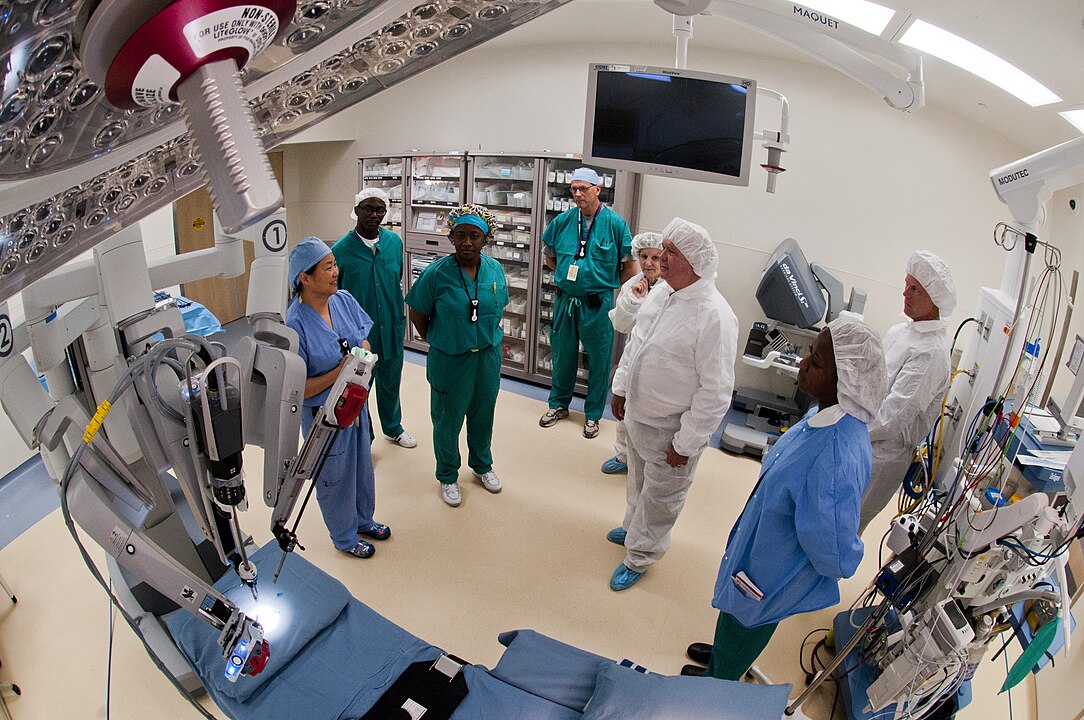
Bram Stoker’s Dracula was published in 1897. Its heroes track a threat by notes, travel logs, and ship records. Public health teams now trace outbreaks with lab tests, calendars, and location data. In 2020 many states released contact tracing apps that logged close contact in minutes. Clinics still post fever cutoffs like 100.4°F and isolation rules by day. Old hunt, new tools. Clear records help teams move fast, compare timelines, and stop spread without guessing in the dark. Travel entries, even city names and dates, turn a loose story into a map that guides action and testing.
10. Don Quixote and AI Mistakes
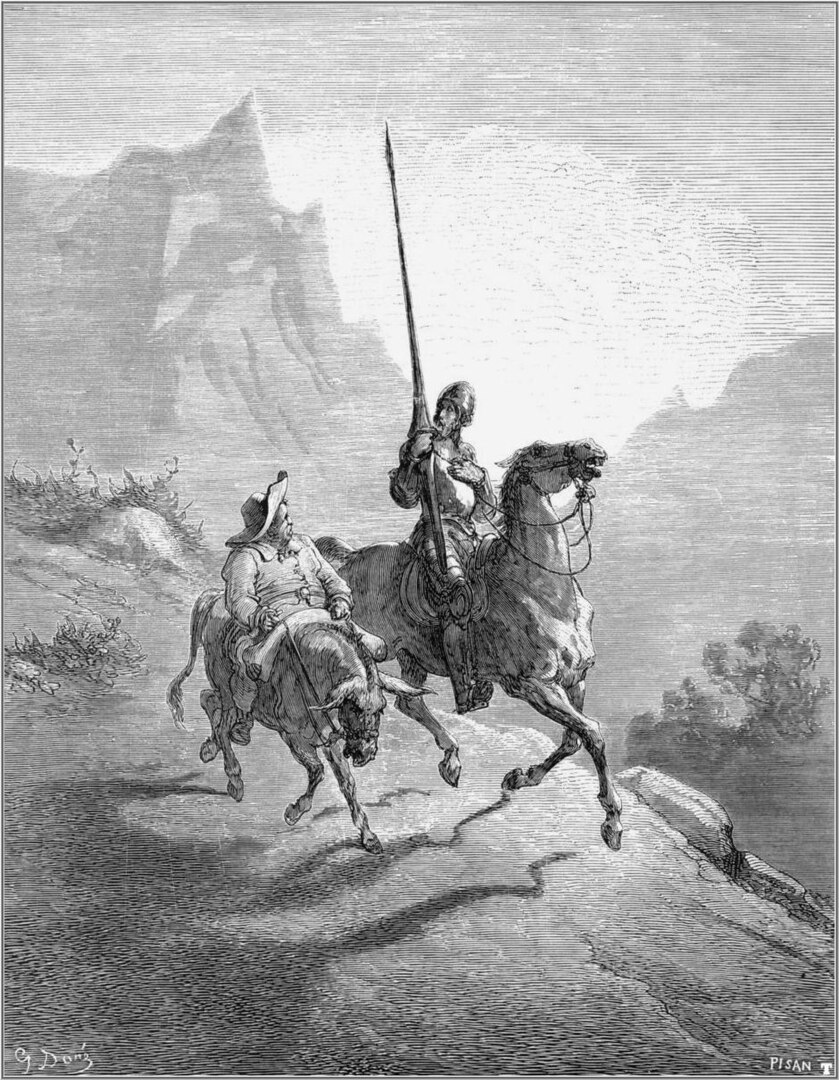
Miguel de Cervantes published Don Quixote in 1605. The hero mistakes windmills for giants, then charges. Modern tech makes errors too. AI tools sometimes invent facts, which people call hallucinations. In 2014, researchers introduced GANs that can create fake faces with millions of pixels. Photos and videos now need checks, like dates, sources, and context. Old confusion, new screens. Teens can slow down, compare claims, and ask for proof before they share a post or react. Most phones stamp photos with time and GPS degrees, which helps a student check if an image matches the claim shown.
